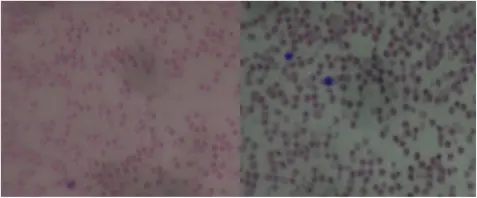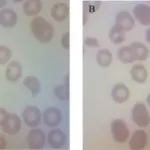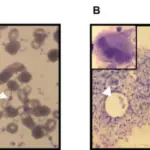Anemia due to acute blood loss is the reduction of circulating hemoglobin due to hemorrhagic resulting from trauma.
What is the Pathology of Anemia Due to Acute Blood Loss?
The pathology of anemia due to:
-Etiology: The cause of anemia due to acute blood loss is acute trauma.
-Genes involved: None.
-Pathogenesis: The sequence of events that lead to anemia due to acute blood loss trauma causes hemorrhagic, leading to low hemoglobin level in hematocrit. Which eventually produce the signs and symptoms. The oxygenation reduction to the renal juxtaglomerular cells triggers increased production of erythropoietin.
-Morphology: The morphology associated with anemia due to acute blood loss shows cyanosis of tissues.
-Histology: The histology associated with anemia due to acute blood loss shows reduced red cells count, leukocytosis.
How does Anemia Due to Acute Blood Loss Present?
Patients with anemia due to acute blood loss typically vary depending on the underlying cause. The symptoms, features, and clinical findings associated with anemia due to acute blood loss include pallor, fatigue, and signs of hypovolemia.
How is Anemia Due to Acute Blood Loss Diagnosed?
Anemia due to acute blood loss is diagnosed through clinical presentations, laboratory studies, full hemogram (HB level decreased). Imaging studies to certify internal bleeding or endoscopy may be helpful.
How is Anemia Due to Acute Blood Loss Treated?
Anemia due to acute blood loss is treated by treating the underlying cause through medical care including antifibrinolytic (tranexamic acid), vasopressors, histamine (H2) antagonists, and glucocorticosteroids. Fluid replacement therapy, blood and blood products transfusion may be useful. Surgical intervention to stop active bleeding may be necessary.
What is the Prognosis of Anemia Due to Acute Blood Loss?
The prognosis of anemia due to acute blood loss is good with effective blood transfusion and cessation of bleeding.



